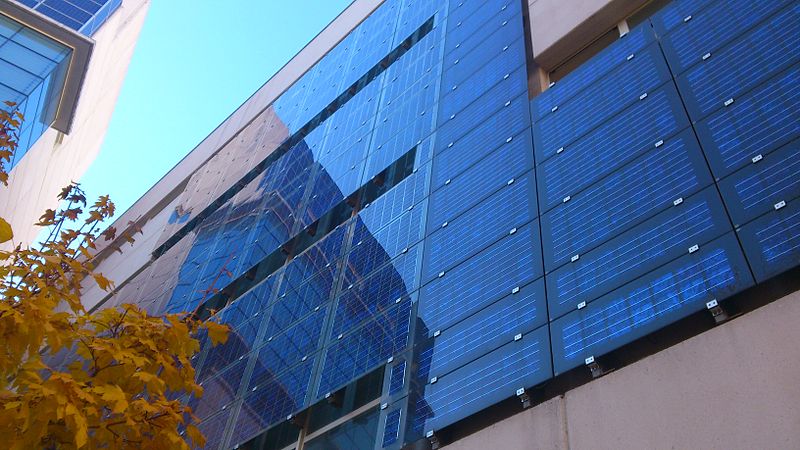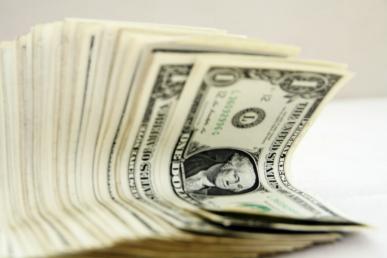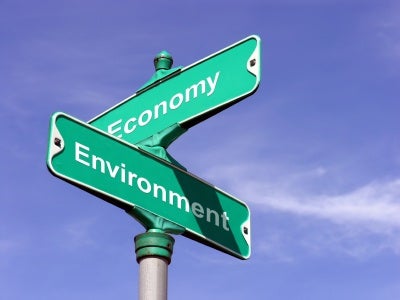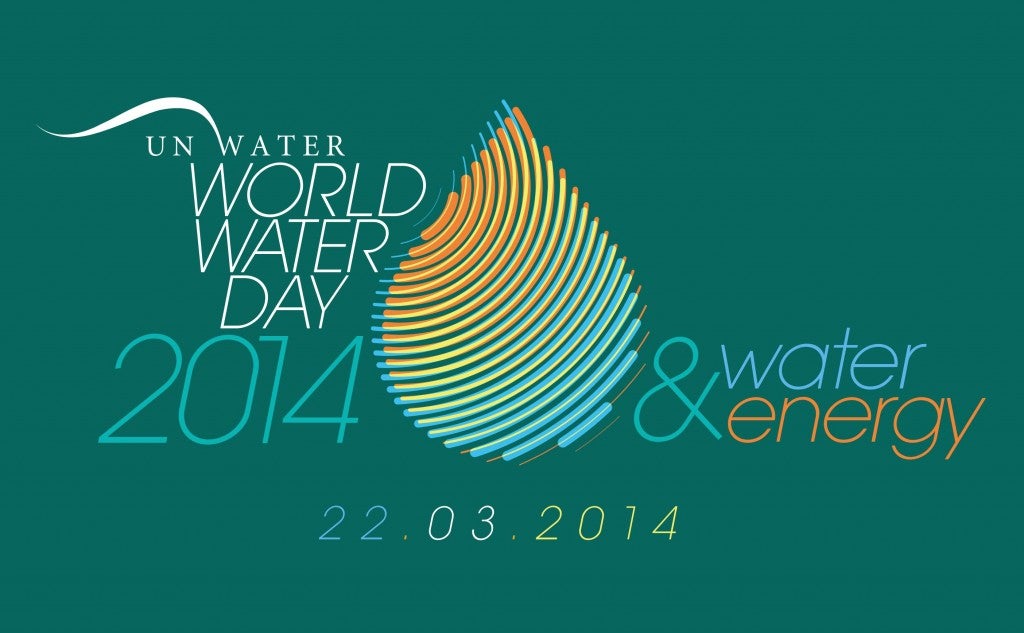Resiliency+ is a new blog series, which highlights the ways in which different clean energy resources and technologies can play an important part in increasing energy resiliency in New Jersey and around the country. Check back every two weeks, or sign up to receive Energy Exchange blog posts via email.
 Renewable energy, such as solar and wind power, provides clean and sustainable power to our electricity grid. But it also offers other benefits beyond environmentally-friendly electricity. Renewable energy can increase energy resiliency by keeping the lights on, including at critical facilities in the wake of a natural disaster. That’s why it has the potential to play a particularly pivotal role in New Jersey, which is vulnerable to vicious storms such as Superstorm Sandy.
Renewable energy, such as solar and wind power, provides clean and sustainable power to our electricity grid. But it also offers other benefits beyond environmentally-friendly electricity. Renewable energy can increase energy resiliency by keeping the lights on, including at critical facilities in the wake of a natural disaster. That’s why it has the potential to play a particularly pivotal role in New Jersey, which is vulnerable to vicious storms such as Superstorm Sandy.
Renewable energy, unlike other forms of energy, is less vulnerable to sustained disruption. Other, more traditional forms of energy, such as fossil fuels, require an input (coal, oil and gas, etc.) that needs to be shipped, often via pipeline, to create electricity, leaving them vulnerable to a natural disaster that might interrupt transport. On the other hand, renewable energy has the ability to generate stable, on-site power from sources such as solar and wind when it operates from a microgrid. A microgrid can generate power both connected to and independently from the main, centralized grid. They can vary in size, providing power to several city blocks or to an individual home, but microgrids have the unique potential to “island” from the main electricity system. This is important during and/or in the wake of a natural disaster like Superstorm Sandy because this autonomous electricity system is able to power local buildings regardless of whether or not the main electric grid is down. Read More »















